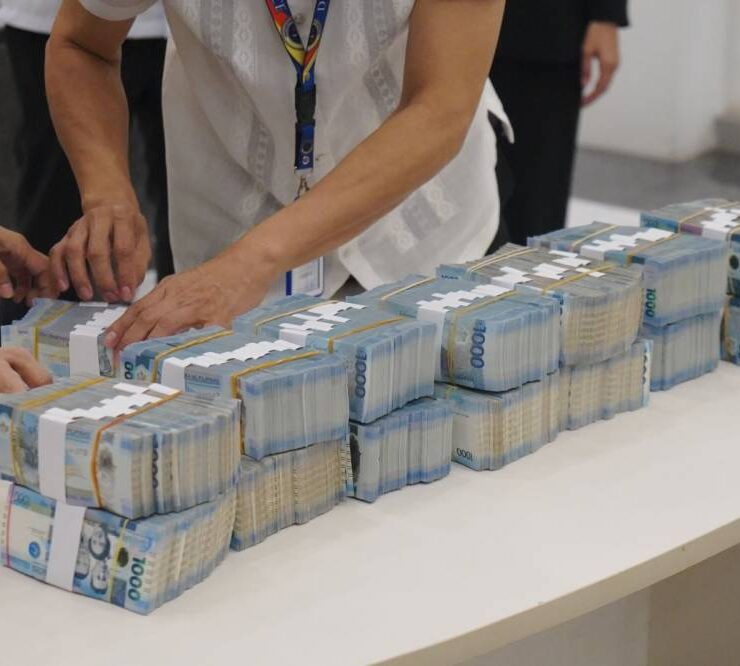Below-target Q3 growth seen amid graft probe, storms

The Philippine economy likely grew below the government’s target in the third quarter, as an investigation into questionable infrastructure projects slowed public spending and a series of typhoons disrupted business activity.
Already, Secretary Arsenio Balisacan of the Department of Economy, Planning and Development struck a more cautious tone ahead of the release of gross domestic product (GDP) data on Nov. 7, citing multiple headwinds both at home and abroad.
“I am not as optimistic as I used to be, given the data that has been coming out in recent weeks,” Balisacan told reporters on Monday. “The general economic environment, both internal and external, might have played a role. But again, we expect those to be temporary.”
Balisacan earlier said the Marcos administration remained committed to its growth target of 5.5 to 6.5 percent for 2025, expressing confidence that the lower end of the band was still attainable.
The government aims to keep infrastructure investment at 5 to 6 percent of GDP—spending seen as crucial to meeting President Marcos’ growth targets until the end of his term.
But a deepening probe into anomalous flood control projects had triggered heightened scrutiny of government spending, delaying some public works. At the same time, the widening corruption scandal has weighed on business confidence—raising concerns that the fallout could dampen investment activity.
Junjie Huang, an economist at Deutsche Bank, said in a commentary that economic growth may have eased to 5.2 percent in the third quarter, from 5.5 percent in the second.
“This primarily reflects our projected slowdown in government spending and investment amid the ongoing domestic governance concerns,” Huang said, adding that household spending likely held up, supported by “real income gains from the low inflation environment.”
Raymond Yeung, an economist at ANZ Research, offered a slightly higher estimate of 5.3 percent, albeit still below the official target. He noted that private consumption—historically accounting for about 70 percent of GDP—may have softened based on recent indicators.
Better outlook
“Both passenger car sales and consumer goods imports showing signs of softening,” Yeung wrote in a note to clients. “Intermediate goods imports declined for a second consecutive quarter, pointing to weaker underlying demand.”
Analysts at Capital Economics in London, meanwhile, said growth likely held steady at 5.5 percent in the third quarter, describing the latest activity data as “a mixed bag.”
“Growth in both exports and remittances appears to have cooled slightly. But the modest drag from the external sector is likely to have been offset by a pickup in domestic demand,” they said.
“Steady interest rate cuts from the central bank will have been a key factor supporting consumption,” they added.
Sarah Tan, an economist at Moody’s Analytics, struck a more upbeat tone, forecasting a 5.9-percent expansion in the three months through September, driven by resilient consumer spending.
“Lower borrowing costs, subdued inflation, and healthy remittance inflows will be part of that story,” Tan said. “Exports should lend a hand, as they were relatively resilient through July and August.”





















Add action to anger for agriculture